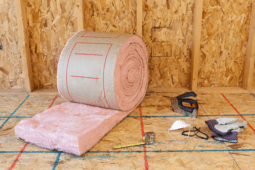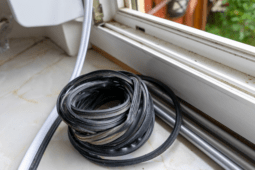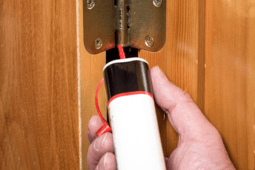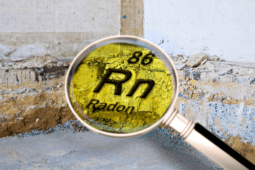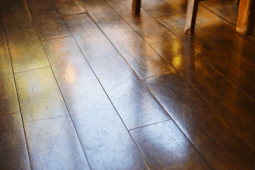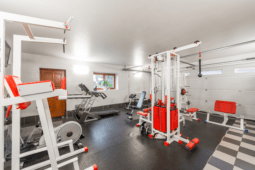The Best Flooring for High Traffic Areas
When it comes to choosing flooring for high-traffic areas, durability is key. These areas of your home or business can take a beating from constant foot traffic, spills, and other wear and tear. That’s why it’s important to choose a flooring material that can withstand the demands of these spaces.
But with so many options available, it can be overwhelming to decide which flooring is the best fit for your needs. In this article, we’ll explore some of the best flooring options for high-traffic areas, their pros and cons, and help you make an informed decision about which flooring material will be the best investment for your space.
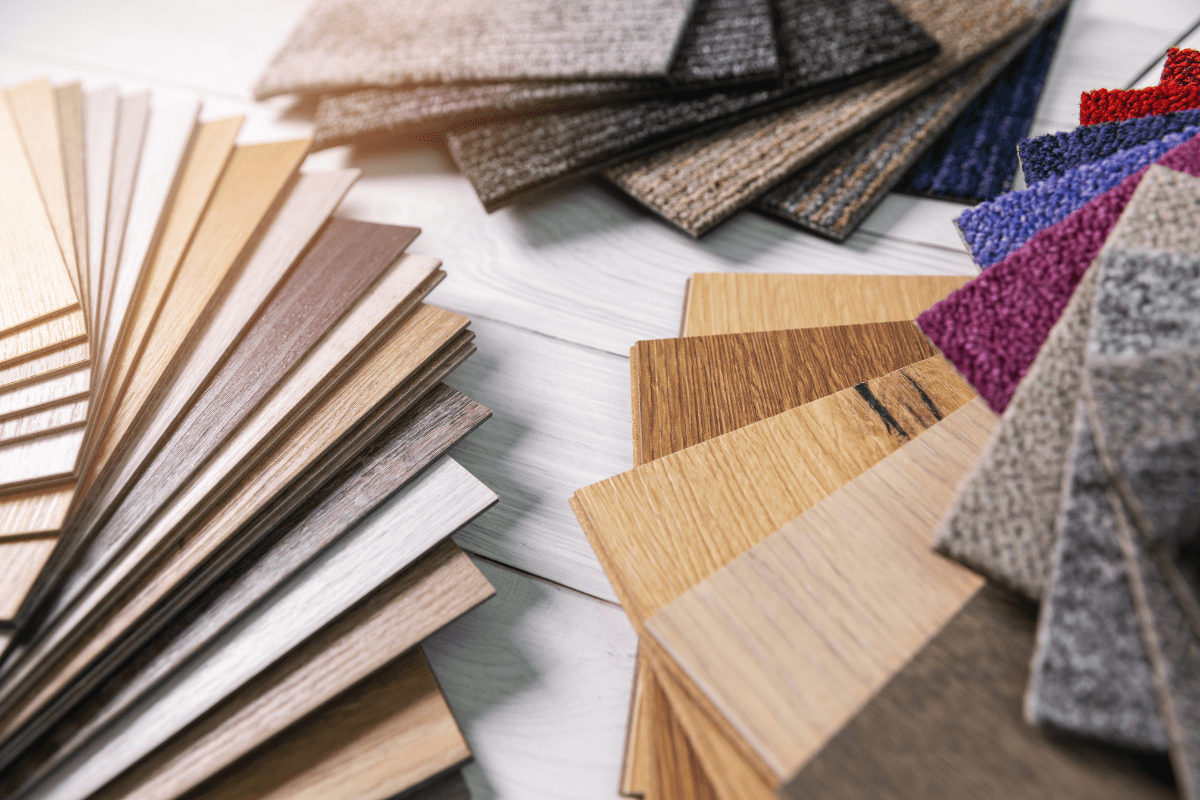
Whether you’re looking for a commercial setting or a busy household, we’ve got you covered with our top picks for high-traffic flooring. From classic hardwood to modern luxury vinyl, we’ll examine the features and benefits of each option, so you can find the perfect flooring to meet your specific needs. So grab a chair, and let’s dive in to discover the best flooring options for high-traffic areas.
Consideration Before Selecting Flooring
When it comes to high-traffic areas in a home or business, the flooring you choose can make a significant difference in terms of appearance and longevity. There are several things to consider before making a final decision on flooring, such as durability, maintenance, safety, and cost.
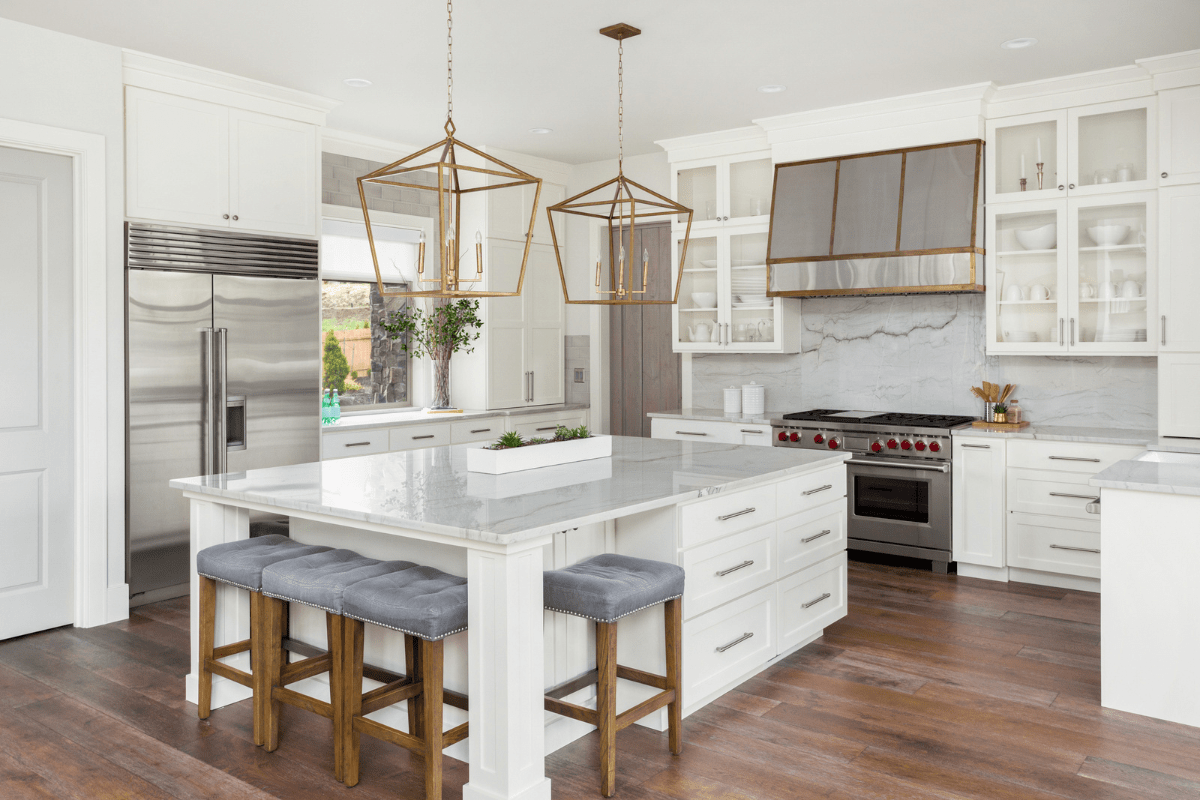
Durability
One of the most important factors to consider is durability. High-traffic areas require flooring that can withstand heavy foot traffic without showing wear and tear too quickly.
Hardwood floors, for example, are a popular choice for their durability and timeless look. However, they can be susceptible to scratches and dents, especially in high-traffic areas. Laminate flooring is a great alternative that can mimic the look of hardwood, while being more resistant to wear and tear.
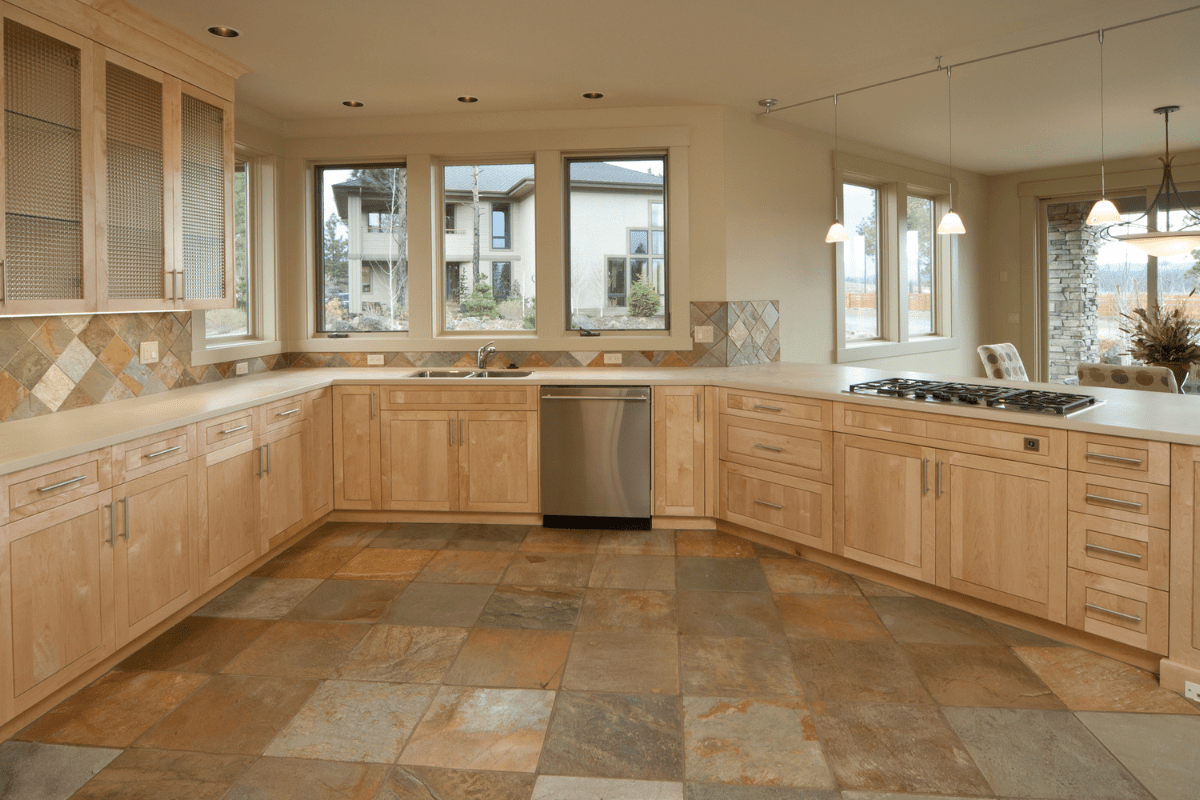
Maintenance
Maintenance is also a crucial factor to consider. High-traffic areas require flooring that is easy to clean and maintain. Carpets, for example, can be difficult to clean and can trap dirt and allergens. A better option might be tile flooring, which is easy to clean and maintain. Vinyl flooring is also a great option for high-traffic areas because it is durable and easy to clean.
Safety
Safety is another important consideration. High-traffic areas can become slippery, especially if there is moisture present. It is important to choose flooring that has slip-resistant properties, such as textured tile or rubber flooring. This will help prevent slips and falls that can result in injuries.
Cost
Cost is a consideration when choosing flooring for high-traffic areas. While it might be tempting to choose the cheapest option, it is important to consider the long-term costs as well. A more expensive flooring option might be more durable and require less maintenance, ultimately saving you money in the long run.
Type of Flooring
Hardwood Flooring
Hardwood flooring is one of the most popular choices for high-traffic areas. It is durable, timeless, and adds warmth and character to any space. Hardwood floors can be sanded and refinished multiple times, making them a long-lasting investment.
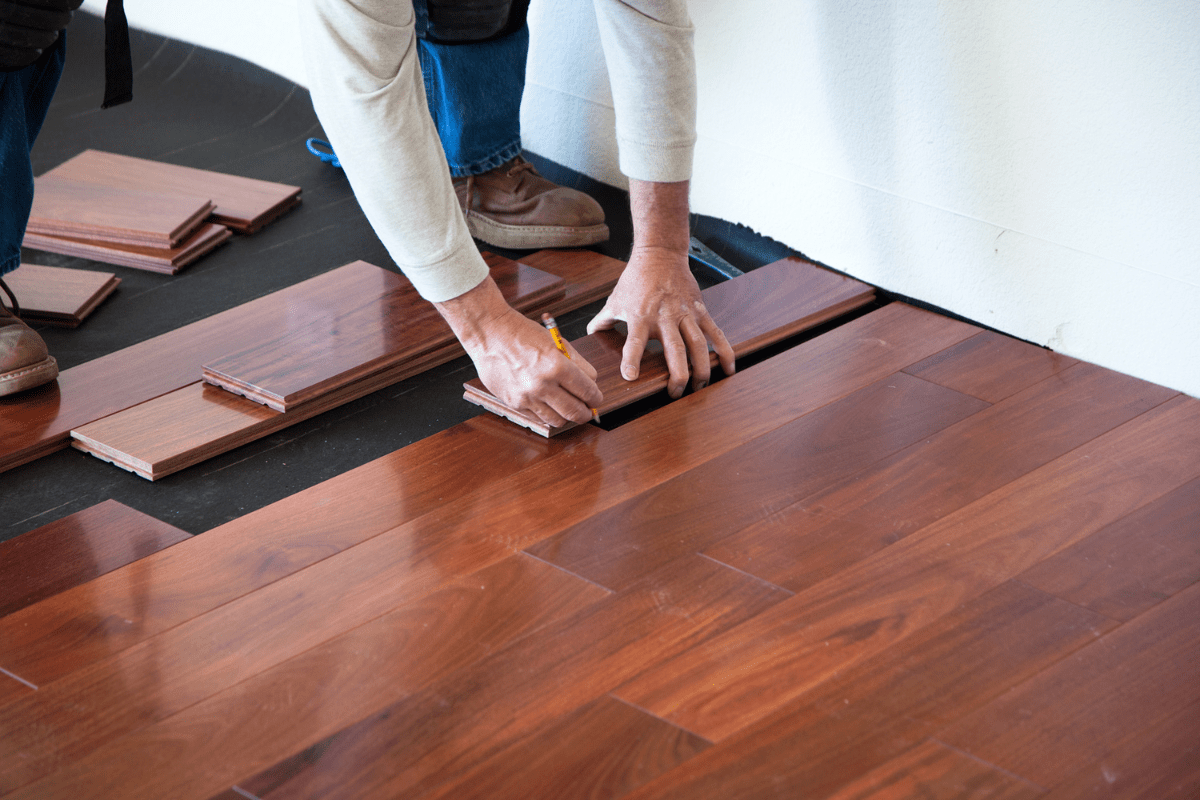
However, hardwood floors can be prone to scratches and dents, so it is important to choose a hard species such as oak, maple, or hickory. It is also important to keep hardwood floors clean and free of moisture to prevent warping and damage.
Laminate Flooring
Laminate flooring is a cost-effective alternative to hardwood flooring. It is made of multiple layers of synthetic materials that are fused together with heat and pressure, creating a durable and scratch-resistant surface.
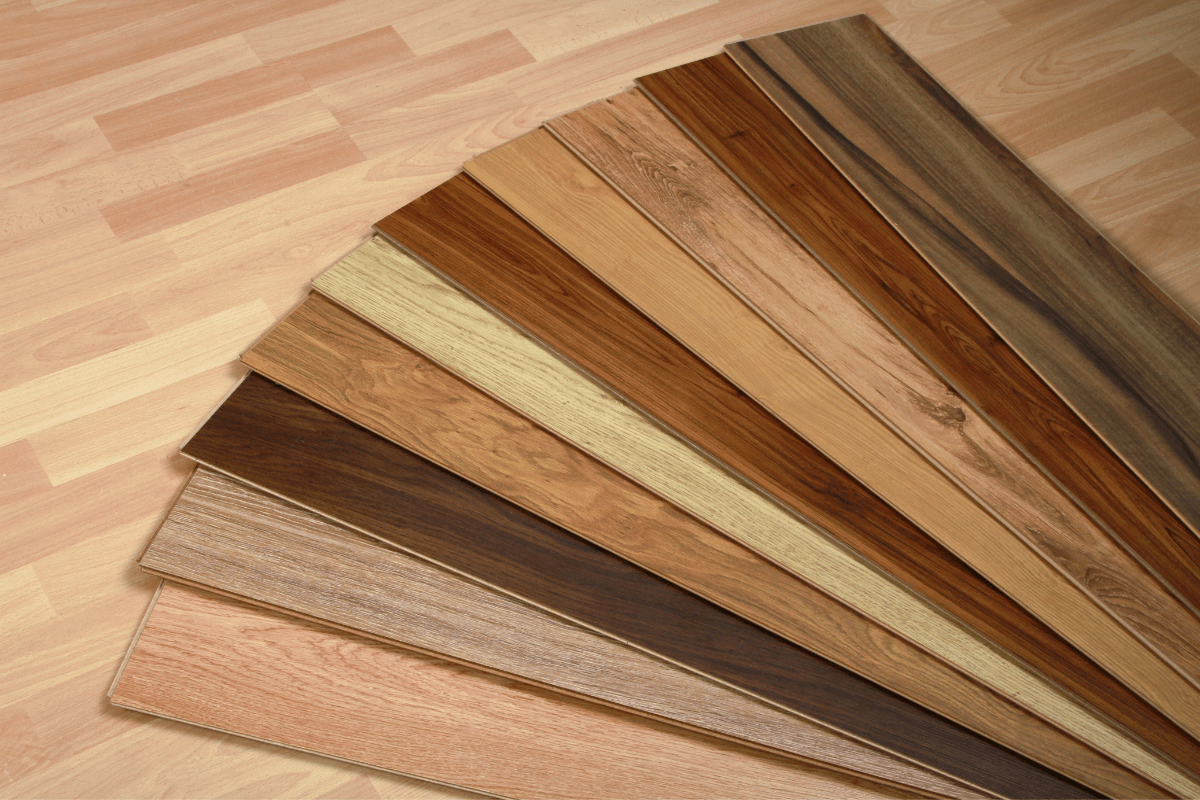
Laminate flooring is available in a variety of styles and colors that mimic the look of hardwood, tile, or stone. However, it is important to choose a high-quality laminate with a thick wear layer to ensure it can withstand high-traffic areas.
Vinyl Flooring
Vinyl flooring is another popular choice for high-traffic areas. It is durable, easy to clean, and available in a variety of styles and colors. Vinyl flooring can mimic the look of hardwood, tile, or stone, and is often more affordable than these materials. It is also water-resistant, making it a great choice for kitchens, bathrooms, and other areas prone to moisture.
Ceramic or Porcelain Tile
Ceramic or porcelain tile is a durable and long-lasting option for high-traffic areas. It is resistant to scratches, stains, and moisture, making it a popular choice for entryways, kitchens, and bathrooms. Tile is available in a variety of colors, patterns, and sizes, allowing for endless design possibilities.
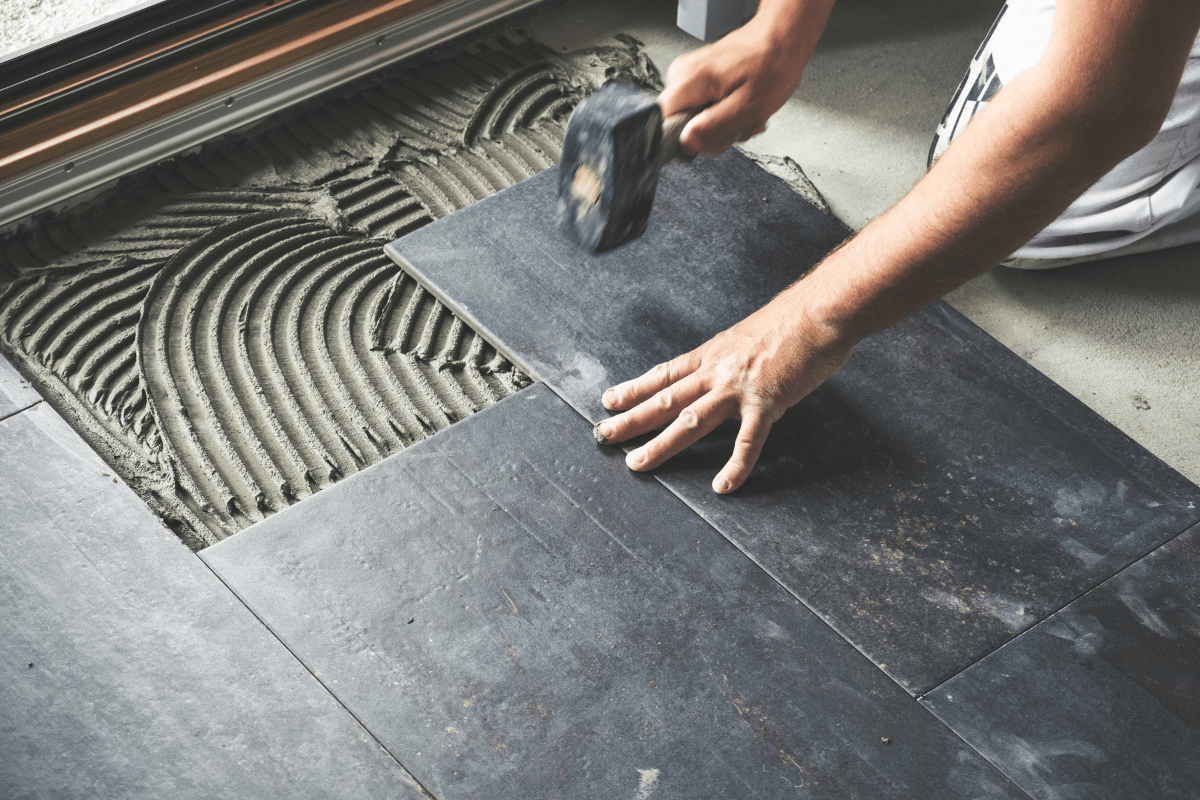
However, tile can be cold and uncomfortable to stand on for long periods of time, so it is important to use area rugs or mats in high-traffic areas.
Concrete Flooring
Concrete flooring is a modern and industrial option for high-traffic areas. It is durable, easy to clean, and can be stained or painted to create a unique look. Concrete floors can be polished or left with a matte finish, depending on the desired look.
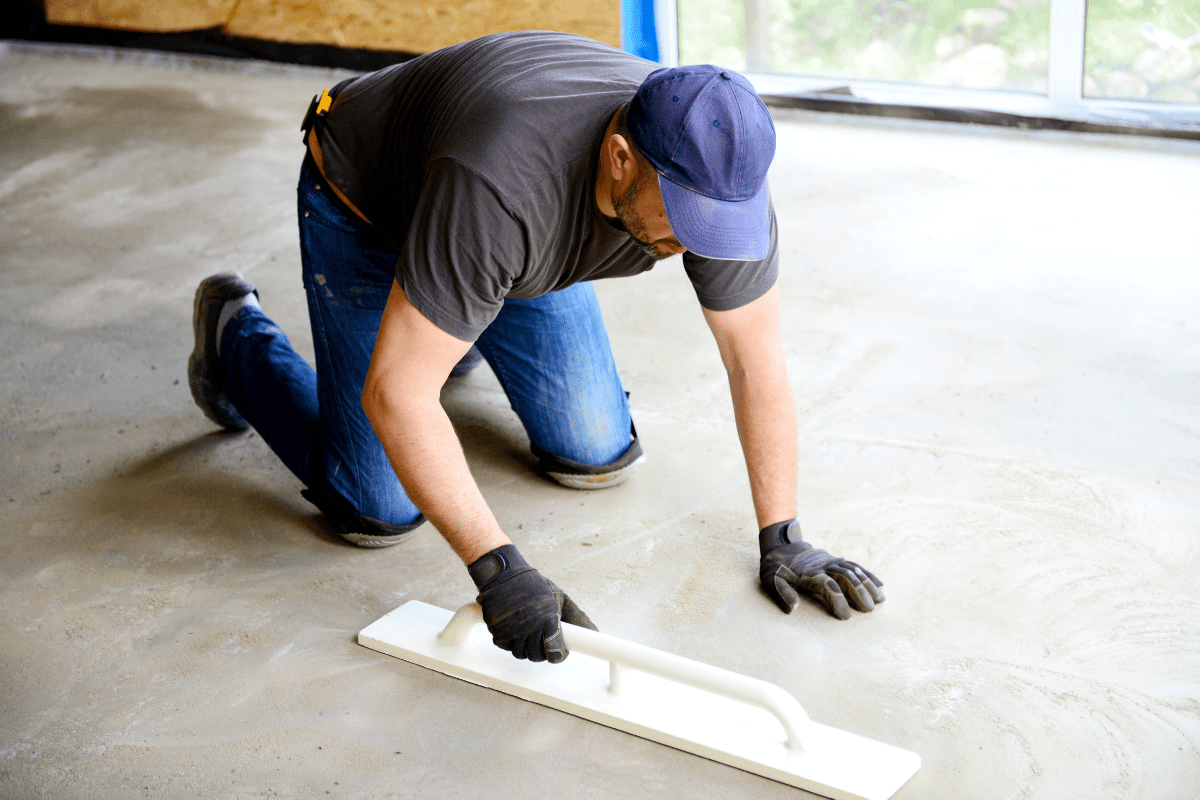
However, concrete can be hard and uncomfortable to stand on for long periods of time, so it is important to use area rugs or mats in high-traffic areas.
The best flooring for high-traffic areas depends on a variety of factors, including durability, style, and budget. Hardwood flooring, laminate flooring, vinyl flooring, ceramic or porcelain tile, and concrete flooring are all great options for high-traffic areas.
It is important to choose a high-quality flooring material with a thick wear layer to ensure it can withstand wear and tear. Additionally, it is important to keep high-traffic areas clean and free of moisture to prevent damage to the flooring.
Frequently Asked Questions (FAQs)
What flooring material is best for high-traffic areas?
Materials such as ceramic tile, hardwood, and luxury vinyl tile (LVT) are durable and wear-resistant. These materials are great for high-traffic areas as they can withstand heavy foot traffic, spills, and wear and tear.
Is carpet a good option for high-traffic areas?
While carpet can be cozy and comfortable, it is not the best option for high-traffic areas. Carpet fibers can easily trap dirt and dust, which can lead to allergies and breathing problems. Additionally, carpet can wear out quickly and require frequent replacement.
Can I use laminate flooring in high-traffic areas?
Laminate flooring is a good option for high-traffic areas as it is durable, scratch-resistant, and easy to clean. It is also more affordable than hardwood or ceramic tile.
What about natural stone flooring?
Natural stone flooring, such as granite or marble, can be a great option for high-traffic areas. They are durable, long-lasting and add a touch of elegance to any room. However, they can be more expensive than other flooring options.
How do I choose the right color for my high-traffic area?
When selecting a color for your high-traffic area, consider choosing a color that hides dirt and stains easily. Neutral colors like beige, gray or brown are great options. Additionally, patterns or textures can help mask dirt and stains.
Can I install the flooring myself?
Depending on the type of flooring you choose, it is possible to install it yourself. However, it is recommended to hire a professional to ensure that the installation is done properly and to avoid any costly mistakes.
How can I maintain my flooring in high-traffic areas?
To maintain your flooring in high-traffic areas, make sure to clean spills and stains immediately. Use doormats at entryways to collect dirt and debris and avoid wearing shoes indoors. Additionally, consider using area rugs or runners to protect high-traffic areas.

